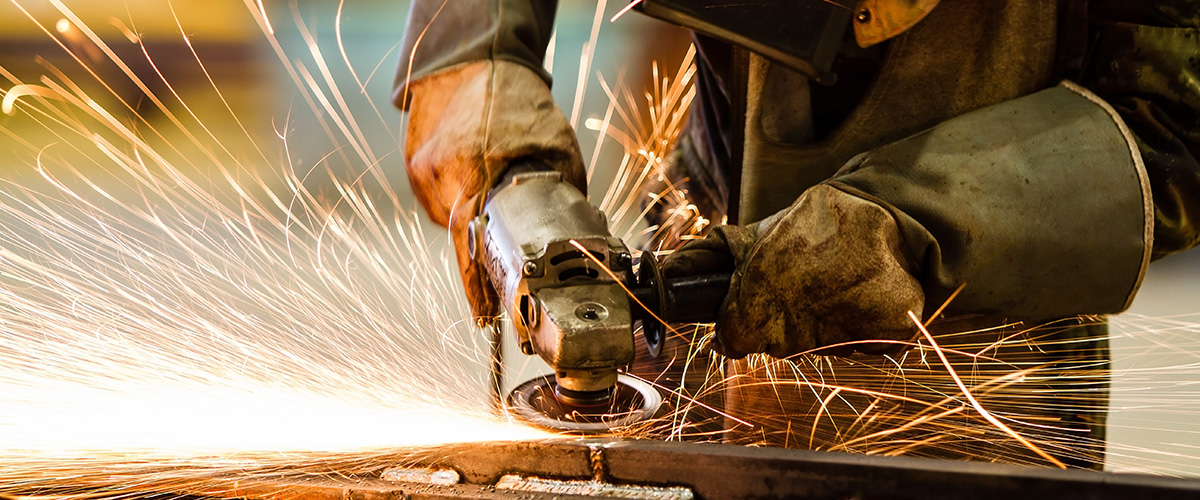How are U.S. machinery companies keeping up with the changing industrial world?
Hello readers, welcome to this edition of Atradius blogs: Machines 2025, your inside scoop on the evolving landscape of the U.S machinery sector. If you’re in engineering, manufacturing, or just interested in how America keeps its industrial engine running, here’s the break down.
From Surge to Slowdown
At the beginning of the year, the machines industry was promising. Engineering output was forecasted to rebound by 5.4%, driven by the monetary easing from the U.S. central banking system and a projected 2.6 economic for 2024. However, Atradius Underwriter Tosin Faola provides us with the revised projected growth at a more modest 1.7% for 2025, with a hopeful 2.9% in 2026.
What caused the shift? Tariffs. While the U.S. machinery sector hasn’t been directly targeted, retaliatory tariffs from key partners like Canada, Europe, Mexico, and China are reshaping demand. These regions are major downstream consumers of U.S. machinery, and their responses are creating a ripple effect across the industry.
Inflation and Investment Pressures
Tariffs typically cause one-off price increases, but the current economic climate raises concerns about potential hyperinflation. The U.S. Federal Reserve is closely monitoring the situation to assess how these trade measures will impact both machinery manufacturers and consumers in the short and long term.
Construction
How Does Credit Insurance Protect Construction Businesses?
Learn how credit insurance can insulate your business from financial challenges related to slow payment, labor shortages, supply chain disruptions, project delays, and more.
Learn MoreGet in Touch
Looking For a FREE Quote?
Obtaining a free Trade Credit Insurance quote or just some more information is fast and easy! Get in touch with us today.
Get Started Call 800-822-3223At the same time, sectors like construction, manufacturing, and automotive sales are feeling the pressure. Input costs for steel, lumber, and machinery are rising, while capital investment is slowing. Many companies are stockpiling materials in anticipation of further cost increases and preparing for potential disruptions if trade negotiations shift.
ESG in Focus
In 2025, you may have noticed that ESG is becoming a central theme in how the machinery sector operates. The industry is contending with new 25% tariffs on green technology imports, particularly solar and wind components from Canada and Mexico. According to IndustrySelect, these tariffs are increasing the cost of clean energy infrastructures and maintenance. In response, companies are shifting to domestic or non-tariffed suppliers, emphasizing energy-efficient machinery, leveraging government incentives, and managing inventories more strategically. ESG priorities are clearly influencing how the industry adapts to these challenges.
Risk Factors
The most significant risks in 2025 stem from tariff policies and international trade agreements. Even without direct tariffs, the machinery sector remains vulnerable to shifts in global demand and supply chain disruptions. A single policy change could tighten operations or open new opportunities.
Rebuilding Momentum
While 2025 is not the rebound many anticipated, it’s far from a breakdown. The U.S. machinery industry is not in decline, its repositioning. With careful planning, adaptive strategies, and close attention to global developments, the sector remains poised for long-term resilience.


